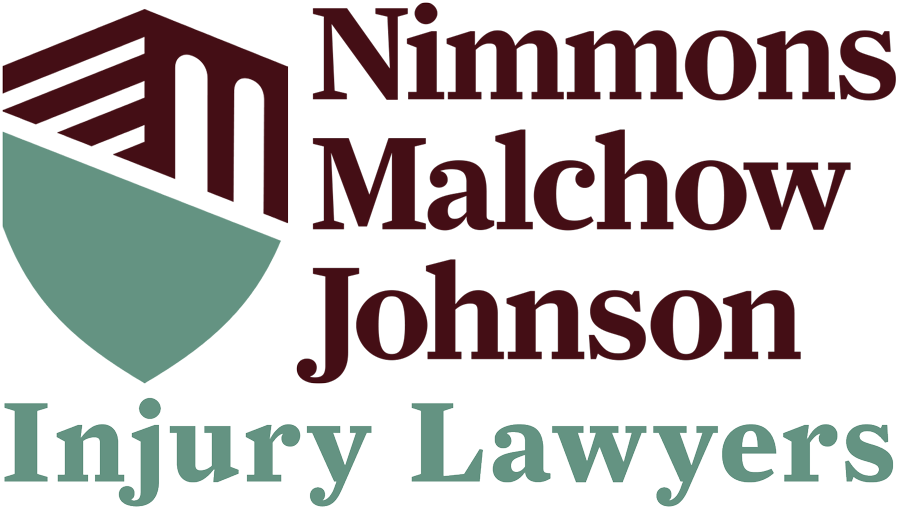When someone suffers from a burn injury, the physical pain and emotional distress can be overwhelming. Burn injuries can range from minor burns to severe, life-threatening conditions that may lead to long-term complications. When the injury occurs, many people instinctively wonder if they can pursue legal action to recover compensation, especially if they were partially at fault for the accident. Understanding the legal avenues available, even when you bear some responsibility, is crucial for determining how best to move forward.







Understanding Burn Injury Claims
Burn injury claims are a subset of personal injury law where the injured party seeks compensation from another party who may be responsible for the accident. These claims typically involve proving that another party was negligent, which directly resulted in the injury. Negligence can occur in various settings, including workplaces, public areas, or even in the home. Common scenarios leading to burn injuries include fires, chemical spills, faulty electrical wiring, or unsafe handling of hot liquids or materials. When a person suffers a burn due to someone else’s negligence, they are generally entitled to seek compensation for medical expenses, pain and suffering, lost wages, and other damages related to the injury.
However, the situation becomes more complex when the injured party is partially at fault for the accident. For instance, if a person ignores safety warnings or mishandles dangerous materials, they may share responsibility for the resulting injury. The question then arises: can you still pursue a claim if you contributed to the accident? The answer depends largely on the laws governing negligence in the state where the injury occurred and the specific circumstances of the case.
Comparative Negligence in Burn Injury Cases
Most states in the United States follow a legal doctrine known as comparative negligence when it comes to personal injury claims. Comparative negligence allows an injured party to recover damages even if they are partially at fault for the accident, though their compensation may be reduced by their percentage of fault. This means that if you were partially responsible for your burn injury, you might still pursue a claim, but the amount you receive could be adjusted to reflect your contribution to the incident.
There are two main types of comparative negligence: pure comparative negligence and modified comparative negligence. Pure comparative negligence allows an injured party to recover damages no matter how high their level of fault is, even if they are 99 percent responsible for the accident. For example, if a court determines that you are 40 percent at fault for the burn injury, you would still be eligible to recover 60 percent of the total damages. In contrast, modified comparative negligence is a stricter standard. In states that follow this rule, you can only recover damages if your level of fault is below a certain threshold, typically 50 percent. If you are found to be more than 50 percent responsible for the accident, you may be barred from recovering any compensation.
Understanding the nuances of comparative negligence is crucial for anyone considering pursuing a burn injury claim. The percentage of fault assigned to you can significantly impact the outcome of your case and the compensation you may receive. For this reason, it is essential to carefully document the circumstances of the accident and consult with an attorney who can help navigate the complexities of your case.
Proving Negligence When You Are Partially at Fault
Even if you bear some responsibility for the accident, you can still prove that another party’s negligence significantly contributed to your burn injury. To do this, you must establish four key elements: duty of care, breach of duty, causation, and damages. Duty of care refers to the obligation that one party has to avoid causing harm to another. For example, an employer has a duty to provide a safe working environment for employees. Breach of duty occurs when the responsible party fails to meet this obligation, such as by not maintaining equipment properly or neglecting safety protocols. Causation requires showing that the breach of duty directly led to the injury, and damages refer to the actual harm suffered, including medical costs, lost wages, and pain and suffering.
If you can demonstrate that the other party’s negligence played a significant role in causing your injury, you may be able to recover compensation even if you were partially at fault. This requires gathering evidence, such as photographs of the accident scene, medical records, witness statements, and any other documentation that supports your claim. It is also crucial to show that your own actions did not entirely cause the injury or that the other party’s negligence was more significant in contributing to the accident.
The Role of Insurance in Burn Injury Claims
Insurance companies play a significant role in the resolution of burn injury claims. When a claim is filed, the insurance company representing the responsible party will conduct its investigation to determine the extent of the damages and the level of fault. They may offer a settlement based on their assessment, but it is essential to approach these negotiations with caution, especially if you are partially at fault.
Insurance adjusters are trained to minimize payouts and may try to assign a higher percentage of fault to you to reduce the amount they must pay. They might argue that your negligence was the primary cause of the accident, which could diminish or even eliminate your compensation. For this reason, it is often beneficial to have legal representation when dealing with insurance companies. An attorney can advocate on your behalf, challenge any unfair assessments of fault, and negotiate a settlement that more accurately reflects the circumstances of the accident and the extent of your injuries.
The Importance of Legal Representation
Navigating a burn injury claim, particularly when you are partially at fault, can be a complex and challenging process. The legal principles involved in determining negligence and fault are intricate, and insurance companies are often more focused on protecting their bottom line than ensuring you receive fair compensation. Legal representation is crucial in these situations, as an experienced attorney can provide the guidance and support needed to pursue your claim effectively.
A knowledgeable lawyer will help you understand your rights and the specific laws in your state regarding comparative negligence. They will also assist in gathering evidence, building a strong case, and negotiating with insurance companies to secure the compensation you deserve. Furthermore, if your case goes to court, having a skilled attorney by your side can make a significant difference in the outcome.
Legal representation also provides peace of mind, allowing you to focus on your recovery while your attorney handles the legal complexities. This support is invaluable, especially when dealing with the physical and emotional aftermath of a burn injury. Knowing that you have a dedicated advocate working to protect your interests can alleviate some of the stress and uncertainty that often accompanies the pursuit of a personal injury claim.
Potential Compensation in Burn Injury Claims
The compensation available in burn injury claims can vary widely depending on the severity of the injury, the circumstances of the accident, and the degree of fault assigned to each party. Common forms of compensation include medical expenses, both current and future, lost wages, pain and suffering, emotional distress, and in some cases, punitive damages. Medical expenses are often the most substantial component of a burn injury claim, as the treatment for severe burns can be extensive and ongoing. This may include surgeries, skin grafts, physical therapy, and long-term care.
Lost wages refer to the income you have missed out on due to your injury, as well as any future earning potential that may be compromised. Pain and suffering encompass the physical pain and emotional trauma associated with the injury, which can be significant in burn cases. Emotional distress is another critical factor, as severe burns can lead to depression, anxiety, and other mental health challenges. In certain cases, punitive damages may be awarded if the responsible party’s actions were particularly reckless or egregious. These damages are intended to punish the wrongdoer and deter similar conduct in the future.
The compensation you receive will ultimately depend on the strength of your case, the evidence presented, and the skill of your legal representation. This is why it is essential to have an attorney who understands the complexities of burn injury claims and can effectively advocate for your rights.
If you have suffered a burn injury and believe you may be partially at fault, it is still possible to pursue a claim and recover compensation for your losses. The process can be challenging, but with the right legal guidance, you can navigate the complexities of comparative negligence and work toward a fair resolution. Remember that your level of fault does not automatically disqualify you from seeking justice and compensation for your injuries.
At Nimmons Malchow Johnson Injury Lawyers, we understand the pain and uncertainty that follows a burn injury. Our dedicated team is here to help you through every step of the legal process, ensuring that your rights are protected and that you receive the compensation you deserve. If you or a loved one has been injured in a burn accident, do not hesitate to reach out to us. Contact Nimmons Malchow Johnson Injury Lawyers today to schedule a consultation and learn how we can assist you in pursuing your claim.





